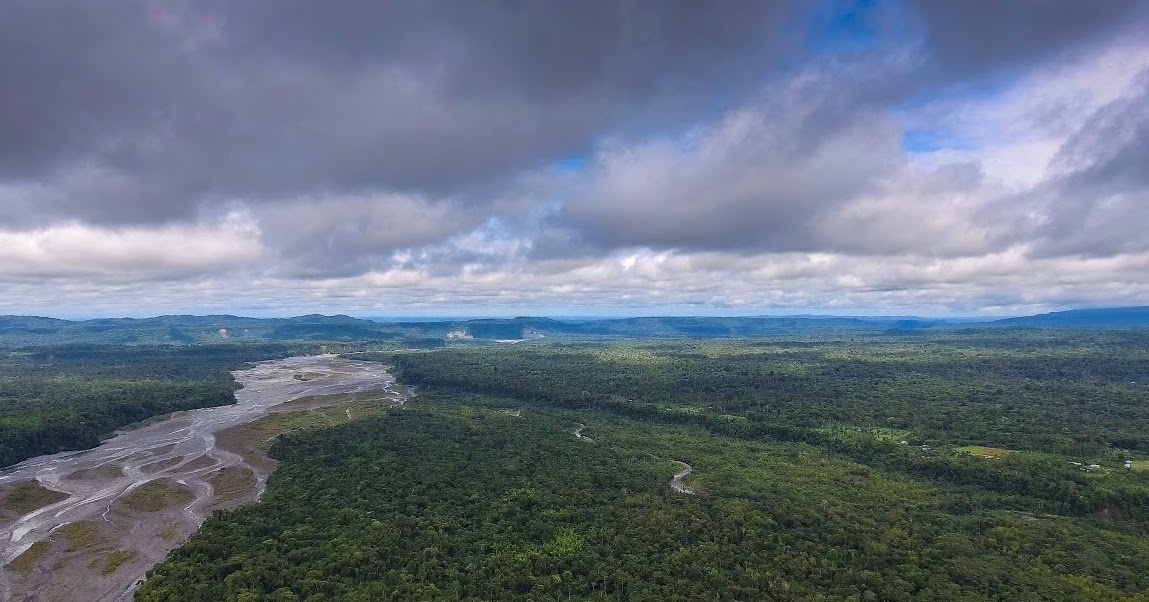Agriculture, forestry and land use are the largest contributors to Latin America’s carbon footprint. Of the estimated 4.1 GtCO2e emitted in LAC in 2016, approximately 46% came from the sector, which also made up 5% of the region’s GDP and 14% of its employment in 2019. Those numbers are likely to grow with the region’s expanding role in the global trade of food, feed and fiber, which today represent 23% of the value of its exports.
Regrettably, unsustainable practices in forestry and agriculture limit the capacity to generate wealth, contribute to the welfare of rural communities and protect the significant biodiversity assets in the region. These practices reduce natural capital in exchange for short-term financial gains.
Each year, the world loses about 24 billion tons of fertile land through activities such as deforestation and overgrazing. This damage has serious consequences for people, the local environment and global emissions. It also has diminished the capacity to adapt to the consequences of climate change. Clearly, this is not sustainable.
Restoring damaged land and conserving what remains are the most cost-effective strategies to mitigate and adapt to climate change. It makes economic sense, too. In Latin America, every one hectare restored can bring $1,140 in economic benefits to the local economies, a point that has become more important as countries look to re-build better after the consequences of COVID-19.
This opportunity is partially why countries are embracing nature-based solutions (NBS) through Initiative 20x20. NBS need to be fully incorporated into the region’s NDCs to limit global warming to well below 2°C – and help communities adapt to climate change. There are already several nations that have included land-based actions and targets in their Nationally Determined Contributions (NDCs) to the Paris Agreement, including in Brazil, Chile, and Colombia.
NDCs That Heal the Land
At COP25 in Madrid last year, ministers from Latin America set an ambition to start protecting and restoring 50 million hectares of land by 2030 with the Madrid Declaration. They called for public and private investment and reiterated the role of financial mechanisms within the UN Framework Convention on Climate Change (UNFCCC) in supporting agriculture and forestry.
Many of those leading countries are now including restoration in their updated NDCs. Chile will restore 1 million hectares of degraded land, and its ministries of environment and agriculture are developing a strategic implementation plan for 2021 to 2030. In Guatemala, the government committed to restoring 1.2 million hectares of degraded land. It is now evaluating where they can restore land and setting a baseline understanding of its landscapes to track progress over time. For its part, Colombia’s President recently committed to reducing 75% of annual deforestation to attain net-zero forest loss by 2030.
From Climate Commitments to Climate Action
What can governments do to turn those pledges into action?
1. Countries can embrace both forest protection and landscape restoration with the goal of reducing emissions as quickly as possible while increasing carbon stocks. Some, like Mexico, have focused on reducing deforestation, while others, such as Honduras, have focused on reforestation. Through Initiative 20x20, countries are addressing both sides of the forest policy coin. To maximize efficiency, countries can also look to existing land commitments – such as those made under Initiative 20x20 that encompass sustainable land use – and codify them in their NDC.
2. People need to come first. The best government strategies protect the rights of forest-dependent people, safeguard the biodiversity that they rely on, and support farmers who produce the region’s food. To monitor results, they can build systems to track where restoration and conservation are working and how people are benefiting. That kind of data can expand the economic, environmental and social case for NBS.
3. Governments that work across key ministries, such as Agriculture, Environment, and Finance, and build partnerships with local entities create strong and durable public policies. Consistent and aligned public incentives can provide water, soil, carbon, and biodiversity benefits, while reducing the cost of implementation. By rewarding landholders for restoring and conserving these global public goods with a fair market price, governments can build sustainable value chains that bring prosperity to local communities.
4. Countries, companies, and impact investors need to step up investment. Investors are earmarking billions of dollars for nature-based solutions in Latin America. Some of these resources are already flowing to projects on the ground, demonstrating that it is possible to achieve the triple bottom line of financial, environmental, and social returns. For example, Initiative 20x20 has documented 60 restoration and conservation projects, most of them privately led. To scale up this work, governments, companies and investors can work together to incubate ideas and innovative project proposals, supporting start-ups through programs like the Land Accelerator. Building well-regulated and scalable carbon markets that can mobilize investments and reward government progress also holds great promise to unlock carbon finance for nature-based solutions.
The next climate COP, scheduled for the end of 2021 in Glasgow, Scotland, offers an ideal venue for redirecting climate action in Latin America and the Caribbean to transforming the region’s degraded landscapes. We will keep our eyes peeled.
